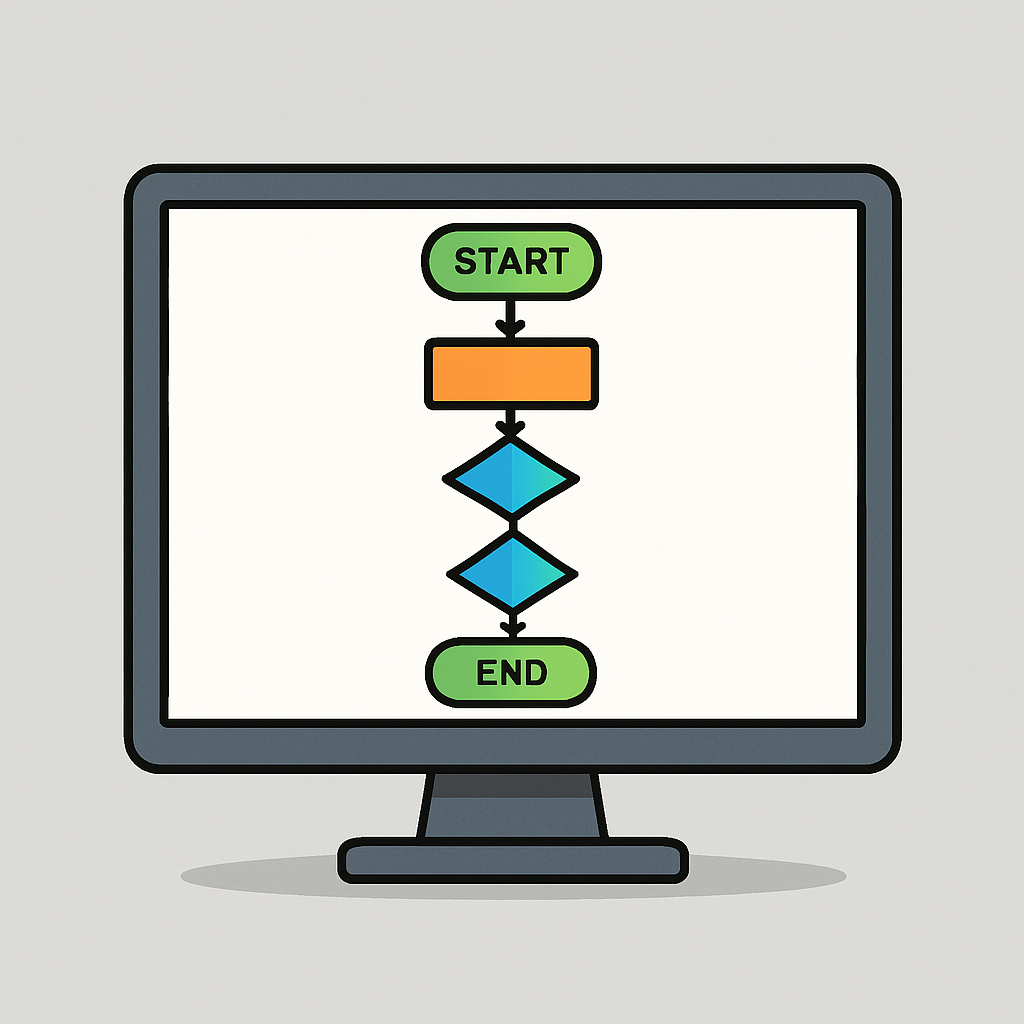 Welcome to this lesson on developing simulation algorithms! Building on your initial model from the previous sessions, you'll now dive into creating the core algorithms that bring your simulation to life. We'll explore iterative processes, design coding templates for various scenarios, implement them in Python, test modifications to see different outcomes, and tackle debugging activities to ensure everything runs smoothly.
Welcome to this lesson on developing simulation algorithms! Building on your initial model from the previous sessions, you'll now dive into creating the core algorithms that bring your simulation to life. We'll explore iterative processes, design coding templates for various scenarios, implement them in Python, test modifications to see different outcomes, and tackle debugging activities to ensure everything runs smoothly.
This hands-on approach will help you develop a model for testing scenarios and understand the benefits of agent-based modelling, including how it demonstrates emergent behaviours. Get ready to see how simple rules can lead to complex results!
Simulation algorithms often use iterative processes to model changes over time. For example, in a population simulation, each iteration (or 'time step') updates variables like population size based on rules like birth and death rates.
Key Concepts:
Example Snippet (Pseudocode for a simple iterative population growth):
INITIALISE population = 100
INITIALISE growth_rate = 0.05
FOR each year FROM 1 TO 10:
population = population + (population * growth_rate)
OUTPUT populationWe'll create Python-agnostic templates using pseudocode for common simulation scenarios. These can be adapted to any language. Focus on abstraction by breaking down the simulation into modules.
Template 1: Basic Iterative Simulation
INITIALISE variables (e.g., state, time)
WHILE condition (e.g., time < max_time):
UPDATE state based on rules
INCREMENT time
STORE or OUTPUT resultsTemplate 2: Agent-Based Model (for emergent behaviours):
INITIALISE list_of_agents (each with properties like position, speed)
FOR each time_step:
FOR each agent IN list_of_agents:
UPDATE agent based on rules (e.g., interact with nearby agents)
CHECK for emergent patterns
OUTPUT stateNow, implement your template in Python.
Example: Iterative Population Growth
# Basic iterative simulation
population = 100
growth_rate = 0.05
for year in range(1, 11):
population += population * growth_rate
print(f'Year {year}: {population:.2f}')Example: Simple Agent-Based Model (e.g., random walkers)
import random
# Agent class
class Agent:
def __init__(self, position):
self.position = position
def move(self):
self.position += random.choice([-1, 1])
# Simulation
agents = [Agent(0) for _ in range(5)]
for step in range(10):
for agent in agents:
agent.move()
positions = [a.position for a in agents]
print(f'Step {step}: Positions {positions}') # Check for patterns like spreading outTest your simulation by modifying variables and observing outcomes. This allows testing different scenarios, helping you analyse and interpret results as per outcome 3.9.
Steps: